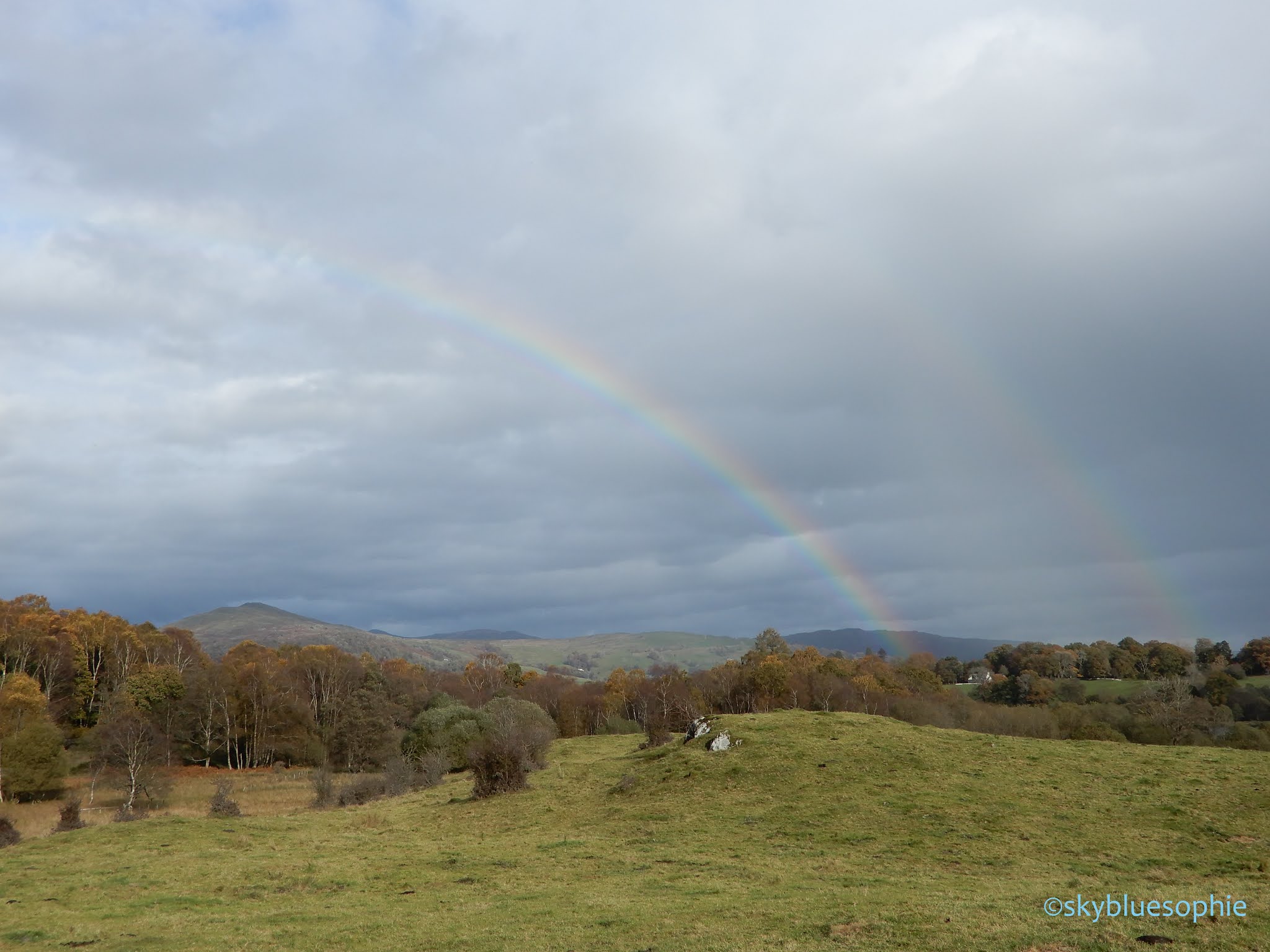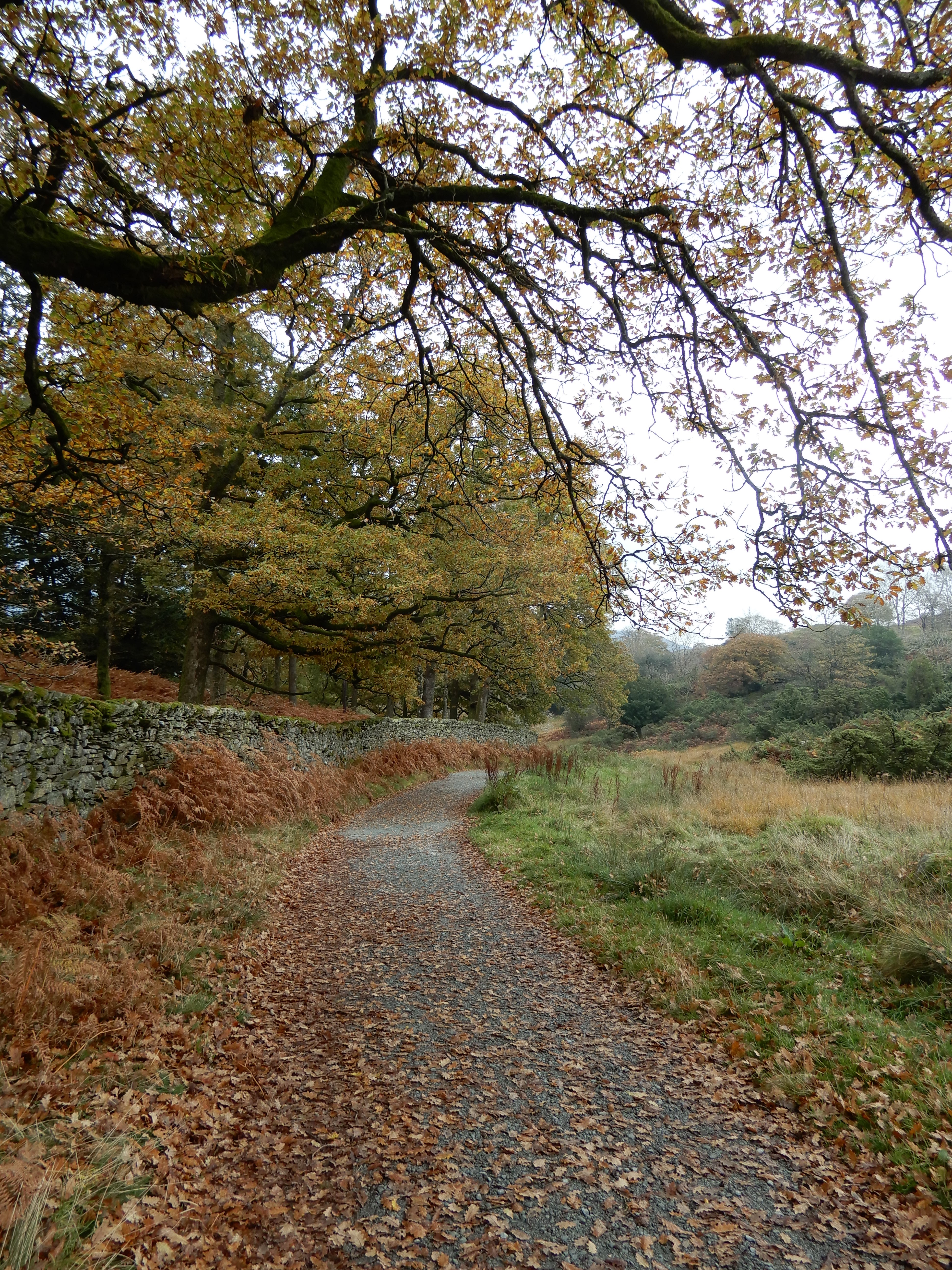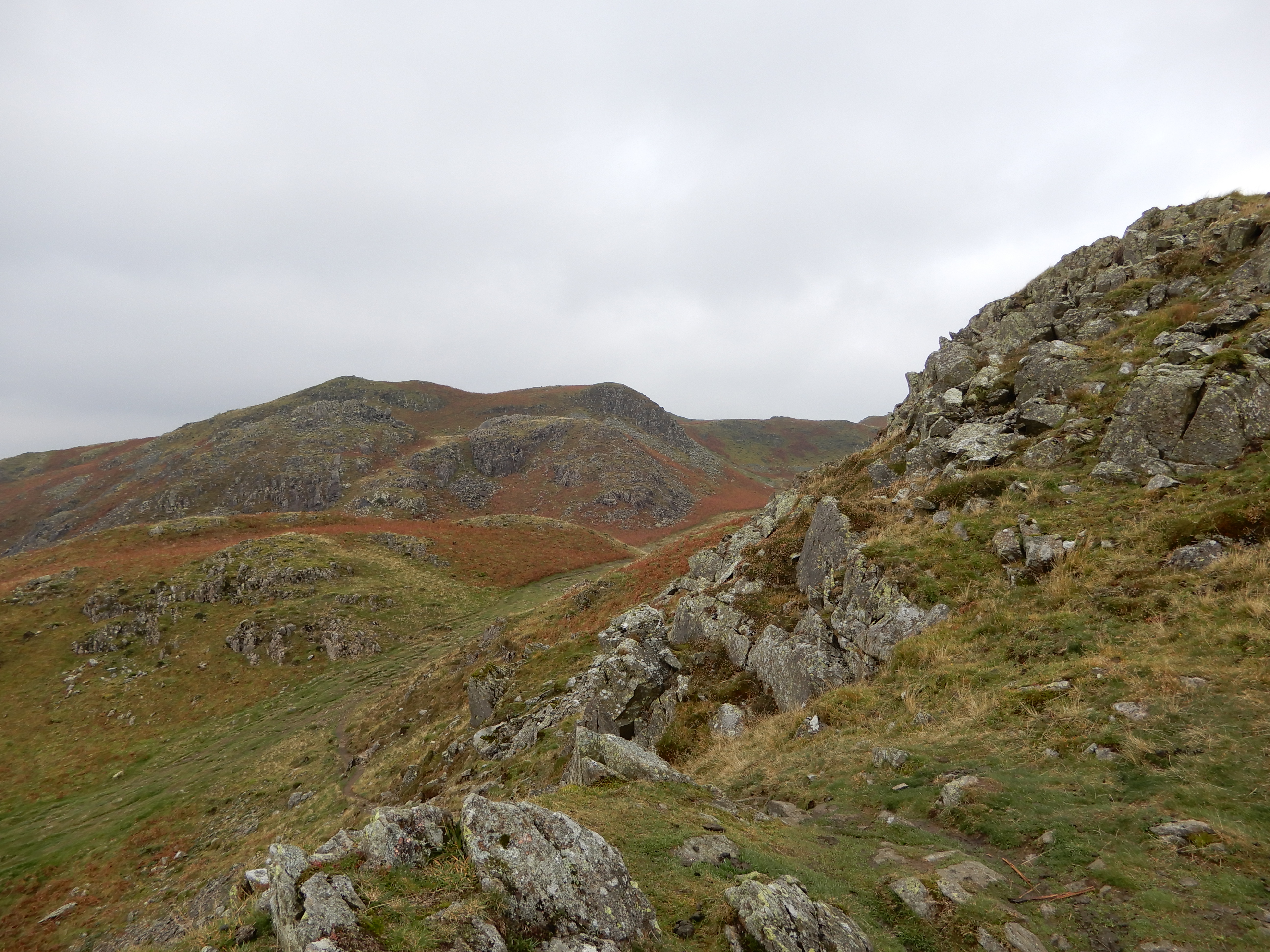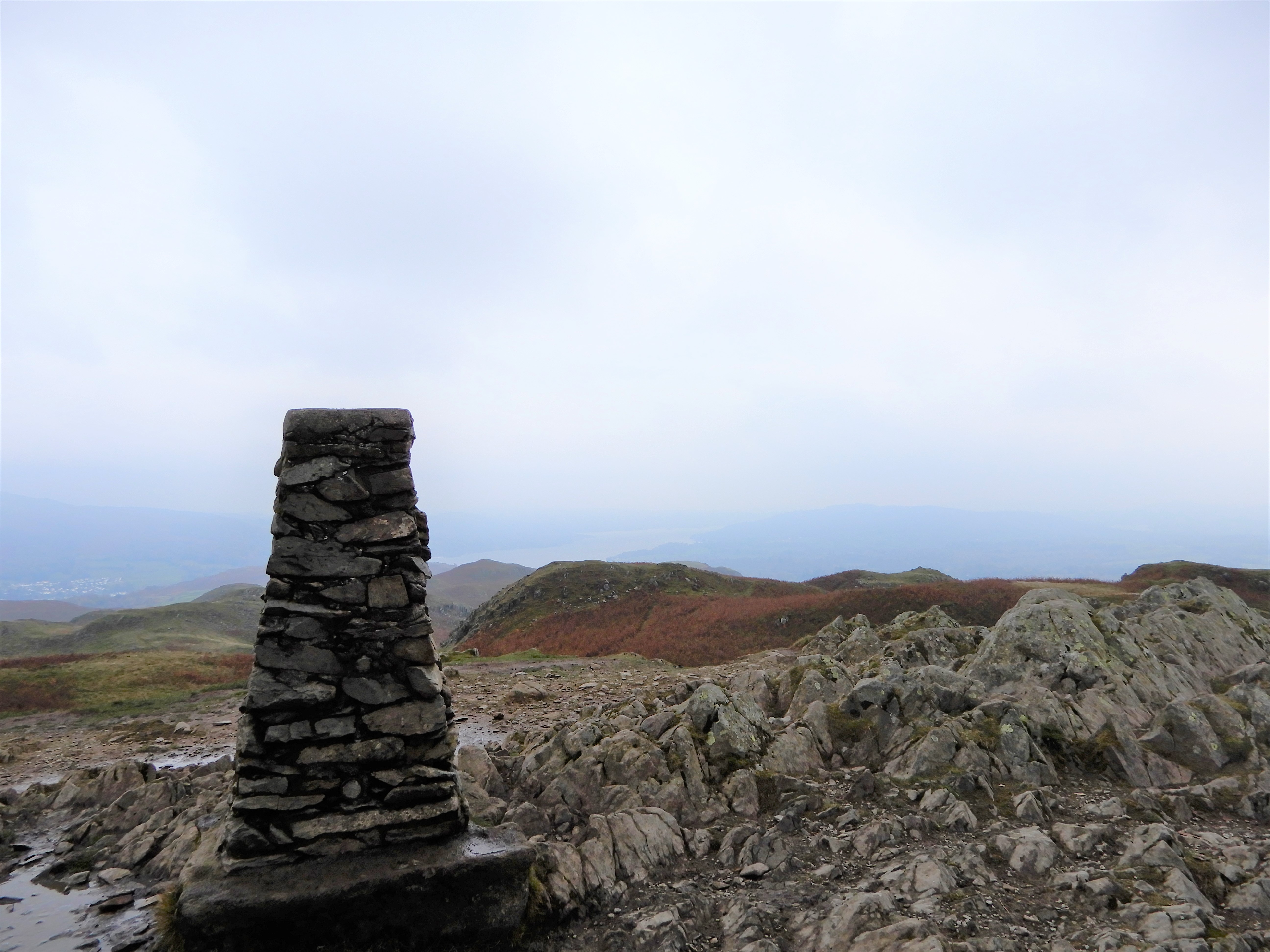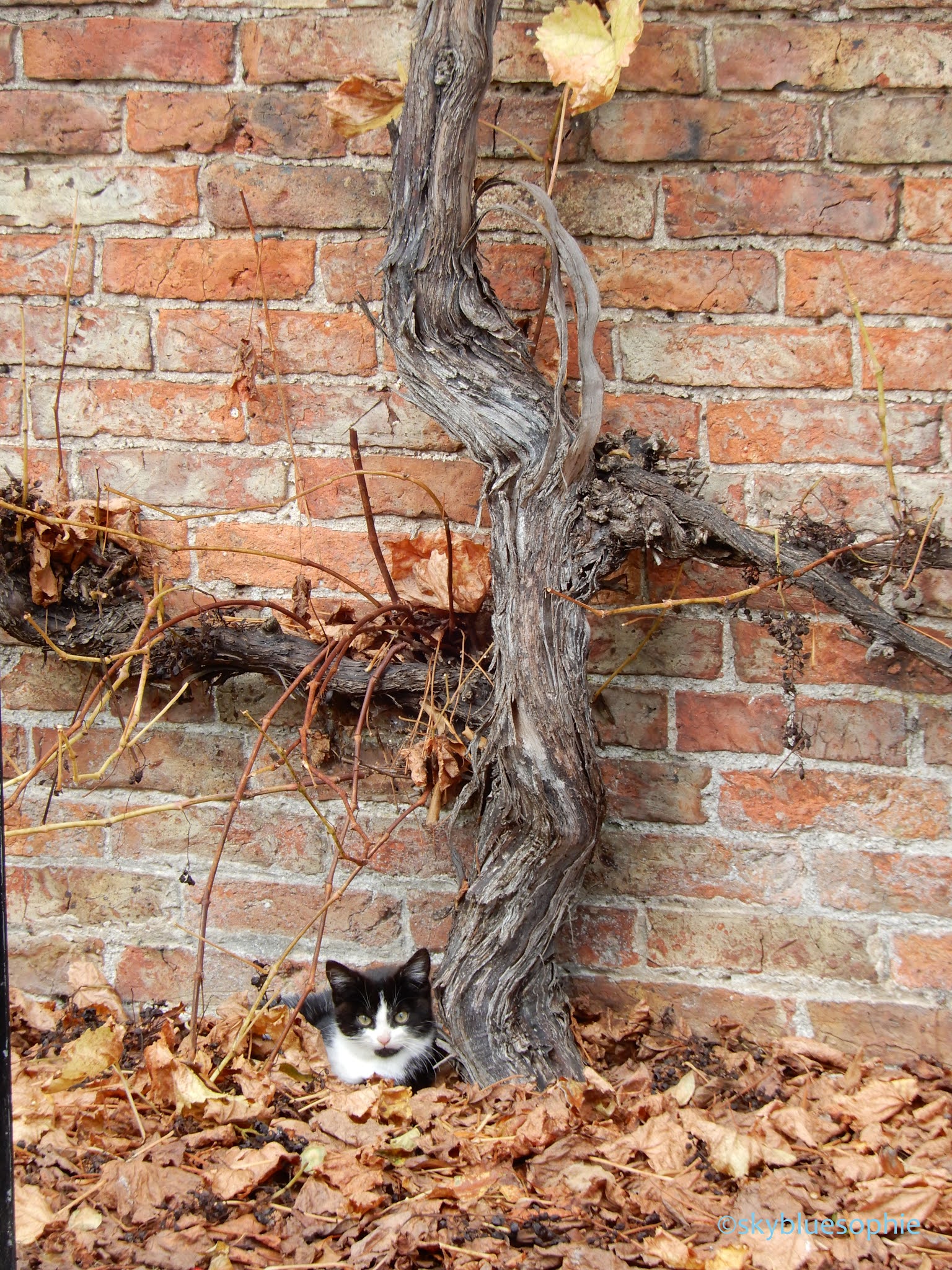Having hired a rowing boat on Windermere last year, we decided to book a motor-powered boat instead this time. The boats are available to hire for an hour for £35, which we chose, or two for £58, although the time went so fast it’s probably worth booking a two-hour slot. From the lake, you can see Wray Castle on the far side and depending on how cloudy it is, you can see the surrounding fells. It was the perfect time of year to visit, the crowds were long gone, and the autumn colours of the trees were beautiful.
Afterwards, we drove to Wray Castle. The castle
was closed, but you could still walk around the grounds. Wray Castle is a
Victorian building built in 1840, so it’s relatively new for a castle. It was
given to the National Trust in 1929 but has only recently opened up the house
to the public. We walked from here to a tiny lake, Blelham Tarn. The walk can be found on the National Trust website. We stopped at the tarn for dinner and spotted a rainbow over the mountains before walking the mile and
a half back along the shoreline.









